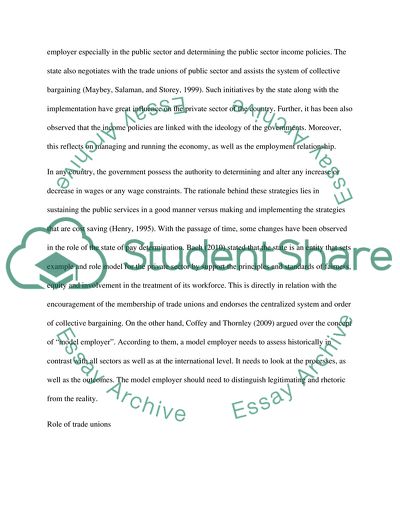Cite this document
(Pay Determination Essay Example | Topics and Well Written Essays - 3000 words, n.d.)
Pay Determination Essay Example | Topics and Well Written Essays - 3000 words. https://studentshare.org/human-resources/1862063-pay-determination
Pay Determination Essay Example | Topics and Well Written Essays - 3000 words. https://studentshare.org/human-resources/1862063-pay-determination
(Pay Determination Essay Example | Topics and Well Written Essays - 3000 Words)
Pay Determination Essay Example | Topics and Well Written Essays - 3000 Words. https://studentshare.org/human-resources/1862063-pay-determination.
Pay Determination Essay Example | Topics and Well Written Essays - 3000 Words. https://studentshare.org/human-resources/1862063-pay-determination.
“Pay Determination Essay Example | Topics and Well Written Essays - 3000 Words”. https://studentshare.org/human-resources/1862063-pay-determination.


